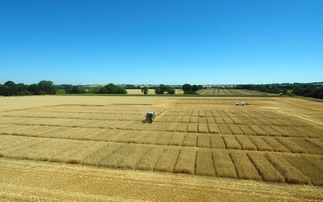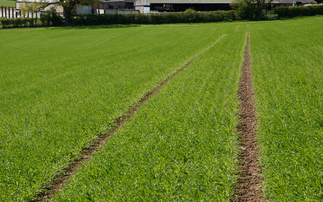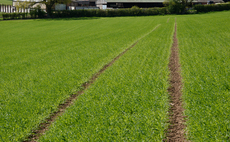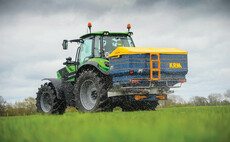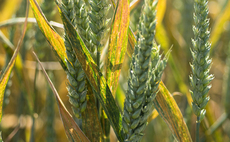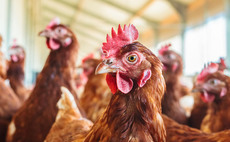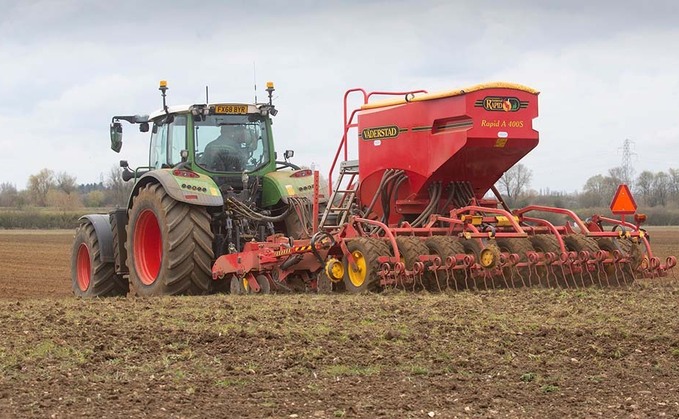
To combat black-grass and Italian ryegrass, delaying drilling into mid-October after the main flush of grass-weeds significantly reduces weed numbers. But as the season turns with shorter days and a general sense of approaching winter, there is an understandable urge to start drilling.
"Following the recent spell of wet weather through mid-September, don't be in too much of a rush to get into the field with the drill," says Bayer's Darren Adkins.
"The rain is likely to have set off a germination of grass-weeds, so give it a couple of weeks for these weeds to emerge, then spray off. The more grass-weeds that can be controlled before the crop is drilled, the less to deal with in the crop."
Read more: How to tackle resistant grass-weeds that have marched north
Judgement
Mr Adkins emphasises that every farmer needs to make the judgement for themselves about how late is acceptable based on their experience of local conditions. Winter wheat is a profitable crop, but in many cases, you have to compromise on drilling date to prevent grass-weeds getting out of hand.
Following the drill with a residual herbicide at the true pre-em timing, ideally within 48 hours of drilling, helps further reduce weed pressure in the crop.
Read more: Farmers urged to participate in grass-weed research
Herbicide recommendations
"Our recommendation is to use Liberator (flufenacet + diflufenican) + Proclus (aclonifen) to control difficult grass-weeds in wheat and barley. The flufenacet component works best with good soil moisture levels which shouldn't be an issue this season and aclonifen gives good levels of persistency and MOA diversity.
"Provided the timing is right, I am optimistic we could see some really good levels of control this season, particularly where farmers have held on and drilled later."












